 |
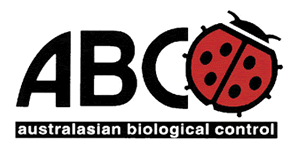 |
||||
 |
 |
 |
|||
IPM and Biological Control |
||||||||
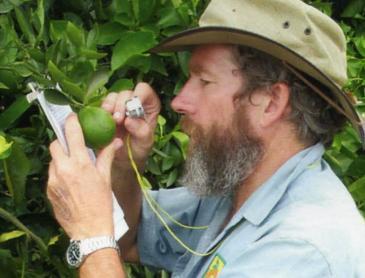 |
||||||||
Integrated Pest Management Components of an IPM and biological control program Getting started in Bio Control Implementing biological control - some questions to ask Benefits of Biological Control Strategies of Introducing Bio Control Agents Method of releasing biocontrol agents Some difficulties encountered with Biological Control Pest and Beneficial Sampling Sheets |
||||||||
Monitoring is the cornerstone of IPM. A well designed monitoring routine can provide a wealth of information useful in the current and future seasons. |
||||||||
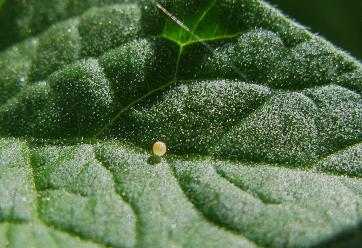 |
||||||||
Advantages of IPM The advantages of IPM are:
Disadvantages of IPM The disadvantage of IPM is that it is more complex than control by chemicals alone. It requires a greater understanding of the interactions between pests and beneficials, as well as the effects of chemicals.Adoption of IPM For practical purposes, IPM programs can develop through three stages. STAGE 1
STAGE 2
STAGE 3
Some crops or situations may be unsuited to Stage 3, but will benefit from Stage 1. Stage 3, the highest level of commitment, means investing time and money into encouraging biological agents. A decision to use broad spectrum pesticides in a Stage 3 IPM program cannot be taken lightly, as this may undo the work of the previous months or even years. |
||
Getting Started with the biological control component of IPM
*Many of the suppliers of bicontrol agents also provide commercial monitoring services. IPM systems consist of numerous elements with monitoring usually described as the "cornerstone of IPM". Biological controls, cultural practices, nutrition and irrigation management are all important elements. The degree to which biological control agents (BCA's) can be utilised will vary from crop to crop and from area to area and will depend on the answers to a series of questions. For example:
A crop consultant versed in biological control options will help you answer these questions so that an appropriate program will evolve. Each farm and crop has unique characteristics which need to be catered for in developing a program and responding to events as the season progresses. In addition to these questions are those related to cost and practicality and the degree of difficulty controlling key pests with chemical means alone. Do not assume that it is more expensive to use biological control methods. Strategies for releasing biocontrol agents BCA's can be used in various ways. These methods are usually divided up into the follow categories: Inoculative release: One or two releases early in pest infestation to control pest gradually. e.g. predatory mites in strawberries, Trichogramma in outdoor crops, lacewing in field and greenhouse crops. Regular or dribble release method: Regular small release during likely problem periods, used like preventative fungicides. e.g. P. persimilis is nursery crops, Encarsia in green house crops. Inundative releases: Repeated high rate releases during periods of pressure for quick knock down. e.g. Cryptolaemus beetles, Trichogramma in green house crops, P. persimilis for dosing hot spots of TSM. Combination of above methods: e.g. initial high release rate for quick knock down followed by regular targeted small releases. Methods of releasing biocontrol agents Biocontrol agents are released using a wide range of methods.
Talk to your supplier about the best strategy and release methods for your crop and situation. |
||
Heliothis egg on tomato leaf. The presence of moth eggs is not enough to trigger a spray decision - there are a number of mortality factors which can prevent the egg producing a larva - unviability, parasitism, predation, pathogens, weather conditions...
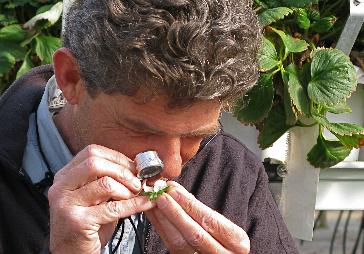
Monitoring for twospotted mite in strawberries. A good 10x hand lens is required for "bug checking".
Encarsia - whitefly parasitoid - release card
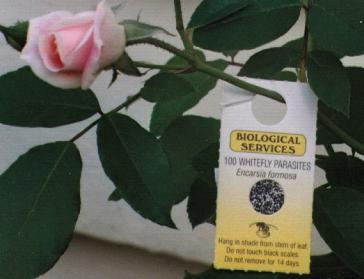
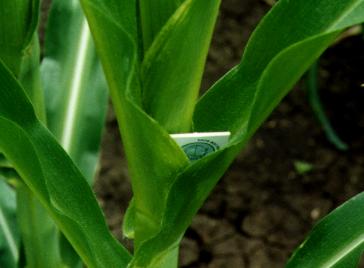
Trichogramma wasp release capsule in sweet corn

Monitoring involves learning to tell a pest from a beneficial. In this case Persimilis (left) is a predator of twospotted mite(centre). While the large egg on the right is a Persimilis egg and the smaller that of TSM.
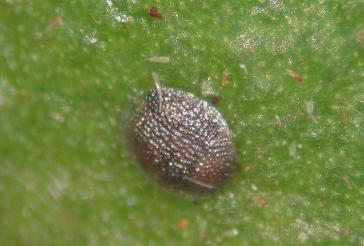
"Black" macadamia nutborer egg parasitised by a Trichogramma wasp. Eggs that are parasitised go "black" about 5 days after they are parasitied. Monitoring that includes an assessment of parasitism rates can save a lot of time and spraying.
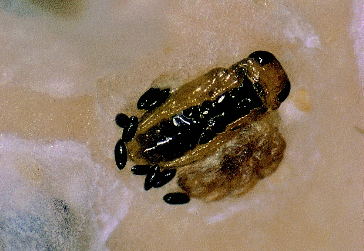
In citrus, being able to assess the level of parasitism of red scale by Aphytis is an integral part of the monitoring process. Image shows aphytis pupa exposed by removing the scale cover. The pupa forms after the larva has consumed the scale insect An adult aphytis wasp will emerge from each pupa.
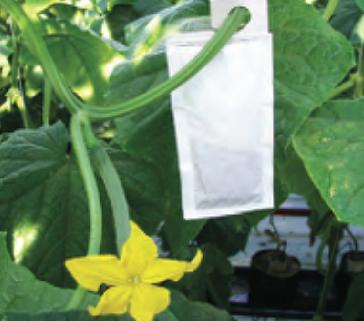
Cucumeris release satchel in glasshouse cucumbers
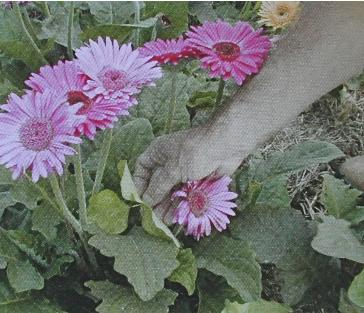
Persimilis released on bean leaves
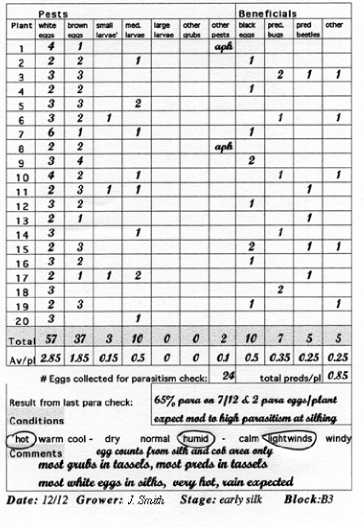
Example of a monitoring record sheet that includes Pests and Beneficials and an assessment of moth egg parasitism.
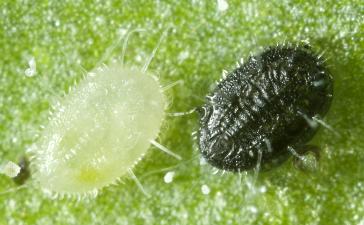
Whitefly nymphs parasitised by Encarsia go black within 2 weeks of being parasitised - faster in hot conditions. The adult wasp will emerge from the black scale by chewing an escape hole.
Integrated Pest Managemment
Integrated Pest Management (IPM) is a strategy which encourages the reduction of pesticide use by employing a variety of pest control options in harmonious combination to contain or manage pests below their economic injury levels. These options include:
- biological control
- cultural control
- varietal selection
- chemical control
IPM aims to maximise the use of biological control. Other control measures, especially chemicals, must play a supportive, rather than a disruptive role.
Chemicals should not be used on a 'calendar' basis but strictly when needed as defined by systematic pest monitoring. Selective rather than broad-spectrum chemicals should take preference.
The aim is to produce high-quality marketable produce at minimal cost by intelligently using the various control options to manage pests.
